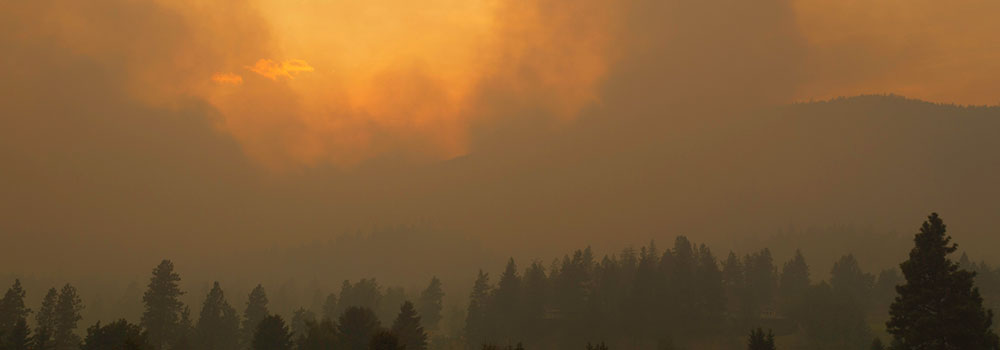In Canada, there are more people suffering from extreme heat and poor quality events than any other natural disasters combined, but many people are not aware of the dangers.
Please submit all equipment requests using the Extreme Heat and Wildfire Smoke Equipment Request Form.

Building managers and housing providers should ensure proactive and effective communication with tenants/clients and building staff about the risks of extreme heat and poor air quality, the signs and symptoms of related illnesses, and how to stay safe.
What to do to be prepared
- Assign leads to monitor hot weather warnings and for poor air quality reports, and let tenants/clients know when they may be at risk
- Remind tenants/clients how to stay cool and breathe safely with verbal, written, and illustrated communication
- Print several copies of our Tips to Beat the Heat Poster
- and display them in communal areas of your buildings, like the lobby, elevators, and common rooms
- Have building meetings and emphasize the risks, related illness symptoms, and precautionary measures
- Ensure that your building staff is aware of the risks, symptoms, what to do, and how to communicate with tenants/clients
- Have your staff check in on elderly and vulnerable residents, and encourage tenants/clients to check on each other, especially during the time when local health authorities issues weather related health warnings
- Create a map of public places in the neighbourhood where tenants/clients can go to cool off or breath in filtered air (places with filtered air conditioning/HVAC systems), review it during building meetings, and post it on building message boards.
- The map may include places such as community centres, libraries, shopping malls, cinemas, etc.
- Prepare an Extreme Heat & Wildfire Smoke (EHWS) response plan
Resources:
- Tips to Beat the Heat - Poster (Arabic)
- Tips to Beat the Heat - Poster (Chinese Simplified)
- Tips to Beat the Heat - Poster (Filipino)
- Tips to Beat the Heat - Poster (French)
- Tips to Beat the Heat - Poster (Korean)
- Tips to Beat the Heat - Poster (Kurdish)
- Tips to Beat the Heat - Poster (Persian)
- Tips to Beat the Heat - Poster (Punjabi)
- Tips to Beat the Heat - Poster (Spanish)